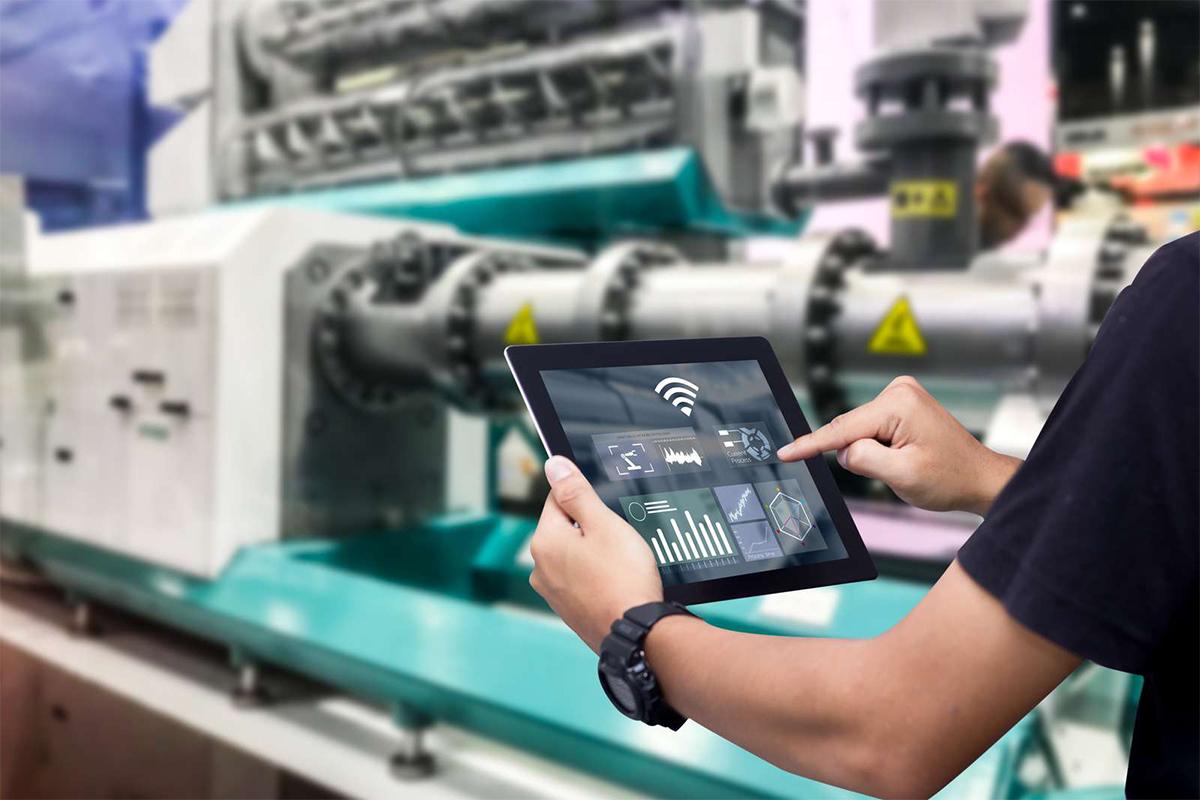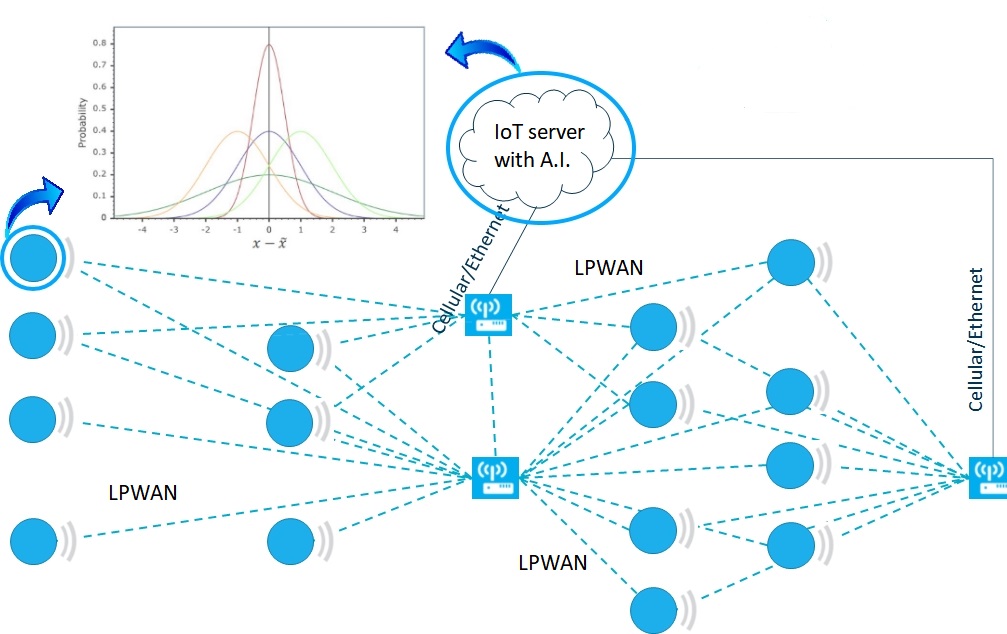Digital calibration certificates in IoT - a brief overview
What is a digital calibration certificate? What are the benefits of using it? And what challenges can you expect when developing a standardised certificate for many different applications and systems?
Internet of Things (IoT) devices can generate enormous amounts of measurement data, gathered from many different types of sensors used in many kinds of applications. The data is often collected to gain insights about processes and environments, and to make data-driven decisions, for example by applying AI (Artificial Intelligence). However, if the uncertainty and the quality of the data is not known, the data might as well be useless and not fitting their purpose.
Therefore, metrology and traceable calibrations are important for IoT. While metrology has conventionally used analogue paper-based calibration certificates, which are cumbersome to work with, there has been a movement in recent years of digitalisation in metrology through machine-readable calibration certificates. These are meant to be handled by machines, hence eliminating human interaction and human errors.
This two-pager aims to briefly describe what a digital calibration certificate is, what the benefits of using it are, and what the current challenges are regarding the ongoing development of a standardised digital calibration certificate to be used across many different applications and shared between many different systems.



